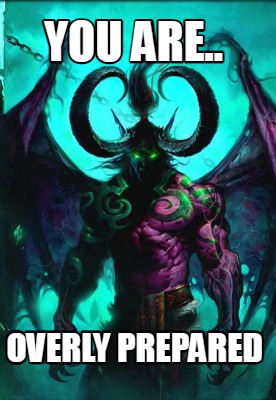

Fighters were placed in classes based on their record, skill level and experience, and most specialized in a particular fighting style and set of weaponry. They were organized into different classes and types.īy the time the Colosseum opened in 80 A.D., gladiator games had evolved from freewheeling battles to the death into a well-organized blood sport. Was Commodus the Worst Emperor in Ancient Roman History? 5. Whatever gesture was used, it was typically accompanied by ear-piercing cries of either “let him go!” or “slay him!” If the crowd willed it, the victorious gladiator would deliver a grisly coup de grace by stabbing his opponent between the shoulder blades or through the neck and into the heart. Some historians think the sign for death may have actually been the thumbs up, while a closed fist with two fingers extended, a thumbs down, or even a waved handkerchief might have signaled mercy. Paintings and films often show the throngs giving a “thumbs down” gesture when they wanted a disgraced gladiator to be finished off, but this may not be accurate. In contests held at the Colosseum, the emperor had the final say in whether the felled warrior lived or died, but rulers and fight organizers often let the people make the decision. If a gladiator was seriously wounded or threw down his weapon in defeat, his fate was left in the hands of the spectators. The famous “thumbs down” gesture probably didn’t mean death.

Most only lived to their mid-20s, and historians have estimated that somewhere between one in five or one in 10 bouts left one of its participants dead. Nevertheless, the life of a gladiator was usually brutal and short. Trainers may have taught their fighters to wound, not kill, and the combatants may have taken it upon themselves to avoid seriously hurting their brothers-in-arms. Since gladiators were expensive to house, feed and train, their promoters were loath to see them needlessly killed. A match could even end in a stalemate if the crowd became bored by a long and drawn out battle, and in rare cases, both warriors were allowed to leave the arena with honor if they had put on an exciting show for the crowd. Referees oversaw the action, and probably stopped the fight as soon as one of the participants was seriously wounded. Contests were typically single combat between two men of similar size and experience. Hollywood movies and television shows often depict gladiatorial bouts as a bloody free-for-all, but most fights operated under fairly strict rules and regulations. The spectacles proved hugely popular, and by the end of the 1st century B.C., government officials began hosting state-funded games as a way of currying favor with the masses.ģ. The funeral games later increased in scope during the reign of Julius Caesar, who staged bouts between hundreds of gladiators in honor of his deceased father and daughter. According to the Roman writers Tertullian and Festus, since the Romans believed that human blood helped purify the deceased person’s soul, these contests may have also acted as a crude substitute for human sacrifice. When distinguished aristocrats died, their families would hold graveside bouts between enslaved people or condemned prisoners as a kind of macabre eulogy for the virtues the person had demonstrated in life. Many ancient chroniclers described the Roman games as an import from the Etruscans, but most historians now argue that gladiator fights got their start as a blood rite staged at the funerals of wealthy nobles. Gladiatorial bouts were originally part of funeral ceremonies.

New episodes premiere Sundays at 9/8c on HISTORY.
#Sometimes the hand of fate must be forced full
WATCH: Full episodes of Colosseum online now.


 0 kommentar(er)
0 kommentar(er)
